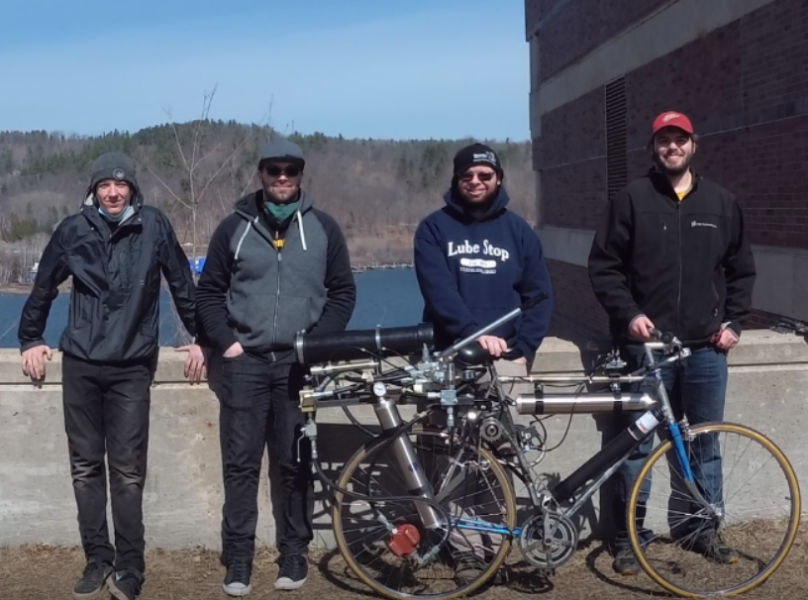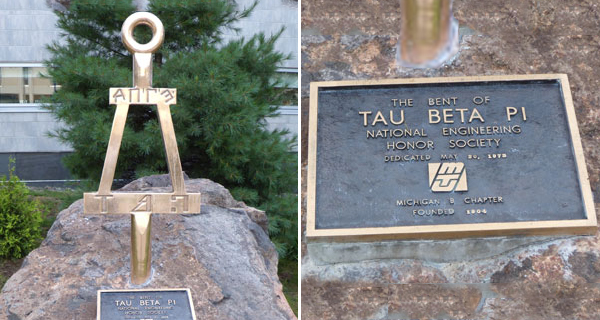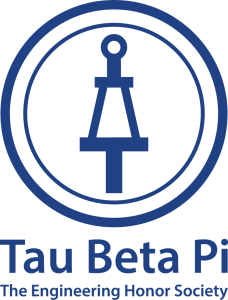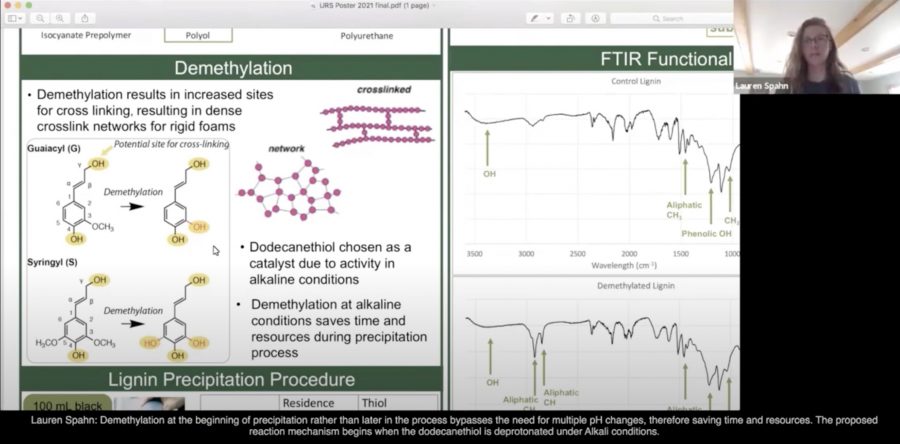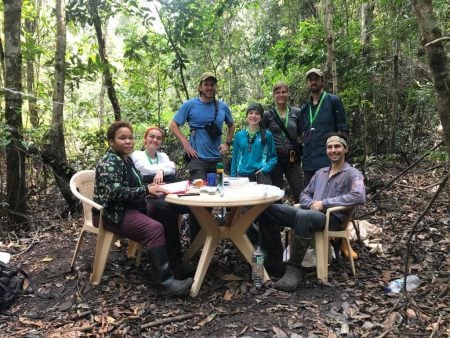

The Health Research Institute is pleased to announce the Spring 2021 Portage Health Foundation Research Excellence Fund (PHF-REF) awards.
We would like to thank the reviewers, deans, department chairs and applicants for their efforts on this internal award process. The following are the faculty award recipients in engineering programs.
PHF-REF Research Seed Grant (PHF-REF-RS) Recipients
Trisha Sain (ME-EM)
Hyeun Joong Yoon (BioMed)
More information about REF awards and the application process can be found on the Research Excellence Fund page.










